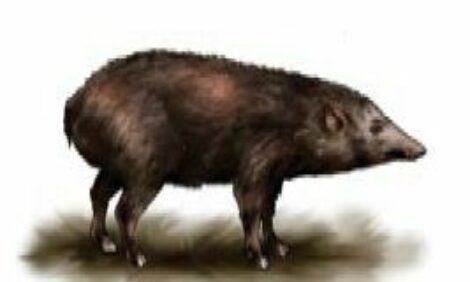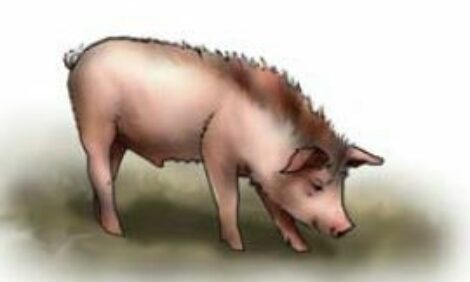



Belgian Landrace
The Belgian Landrace, also known as the Improved Belgian, and the Belgian Lop-eared, is a breed of domestic pig from northern Belgium. The breed's development began in the late 1920's with the native Landrace type, which was described as "a short, fat and poorly muscled pig." In the early 1930's, the German Landrace was introduced and crossed with the native stock, the German stock that was introduced was said to have had an infusion of British Large White. Other breeds were also incorporated into the breed to strengthen it, such as breeds from Luxembourg in 1955, Germany in 1971, and the Czech Republic in 1974. The Belgian Landrace has been described as a muscular white breed with heavy drooping ears. They are shorter in a number of characteristics in comparison with other Landrace breeds, but are also a very practical breed that well-muscled and strong, have good fertility, perform well in confinement, and milk well until early weaning.
Used in many different countries, the Belgian Landrace is also one of the four major commercial breeds in France. The great emphasis in Belgium swine production has been to produce a very high quality of fresh meat. Most pork in Belgium is marketed as fresh pork rather than as cured or processed meats; this has led Belgium to the production of a higher percentage of lean in their swine, a lean of very high quality and a minimum of fat cover that doesn't sacrifice fertility in the breeding pen or economy of gain on the feeding floor. The Belgian Landrace is an excellent example of a breed that has been selected to meet the demands of a specialised environment and market. It should come as no surprise that a distinct type developed with a reputation for producing top quality fresh pork.
Most Belgian Landrace sows are artificially inseminated to ensure efficient breeding, and to ensure the quality of the piglets in the litter. The pregnancy takes four months, and a female pig will give birth to an average of 10 to 12 piglets in a litter. These piglets are weaned following a minimum period of 21 days, and sows will be serviced again reasonably soon after this. Belgian Landrace sows will produce 4 to 7 litters before they become unable to carry any more litters, and are generally slaughtered for meat after this. In order to increase the quality of the Belgian Landrace sows are frequently bred with the Pietrain boars, which increase the quality of the Belgian pig breed. The piglets are afterward bred back into the major Belgian Landrace line, bringing with them an improved quality of pork.






